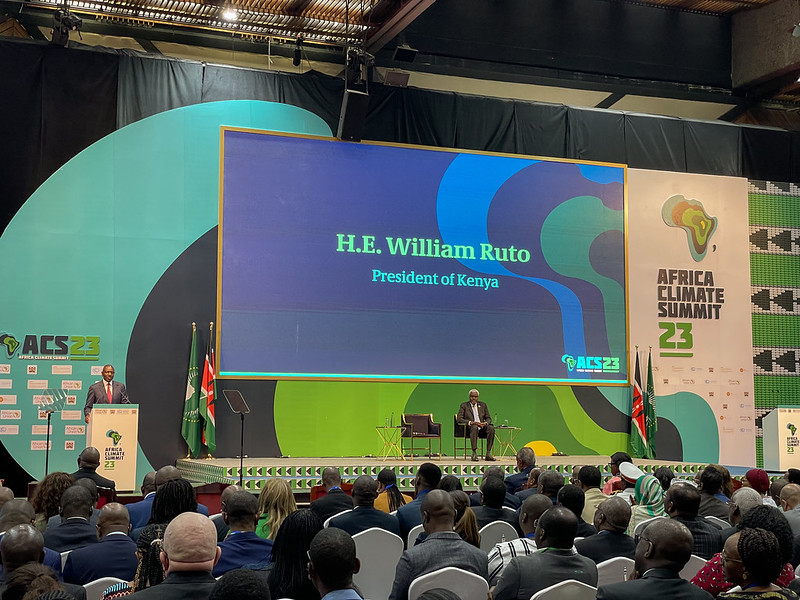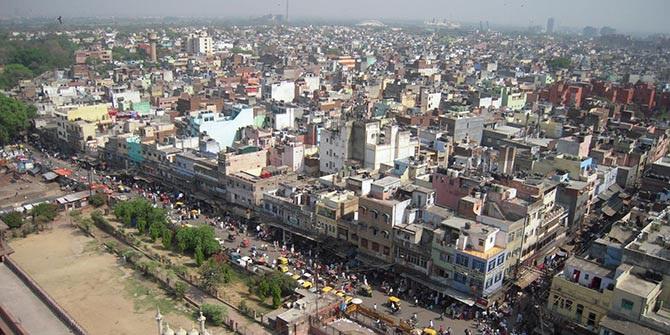Paul Tiyambe Zeleza examines how Nelson Mandela epitomised all the key phases, dynamics and ideologies of African nationalism in the 20th century. This is the second of three posts in which the historian posits South Africa’s founding father alongside some of the major events of the 20th century.
Click through to read the first article of this series
The decolonisation drama started in Egypt in 1922 with the restoration of the monarchy and limited internal self-government and finally ended in 1994 with the demise of apartheid in South Africa. In the long interregnum, decolonisation unfolded across the continent, reaching a crescendo in the 1950s and 1960s; in 1960 alone, often dubbed the year of African independence, 17 countries achieved their independence. The colonial dominoes began falling from North Africa (Libya 1951) to West Africa (Ghana 1957) to East Africa (Tanzania 1961) before reaching Southern Africa (Zambia and Malawi 1964). The settler laagers of Southern Africa were the last to fall starting with the Portuguese settler colonies of Angola and Mozambique in 1974, followed by Rhodesia in 1980, and Namibia in 1990. South Africa, the largest and mightiest of them all, finally met its rendezvous with African history in 1994. Nelson Mandela is cherished because of his and his country’s long walk with African history.
Mandela embodied all the key phases, dynamics and ideologies of African nationalism from the period of elite nationalism before the Second World War when the nationalists made reformist demands on the colonial regimes, to the era of militant mass nationalism after the war when they demanded independence, to the phase of armed liberation struggle. Many countries achieved independence during the second phase through peaceful struggle. Others were forced to wage protracted armed struggle. The variations in the development and trajectories of nationalism were marked by the way each individual colony was acquired and administered; the traditions of resistance in each colony; the presence or absence of European settlers; the social composition of the nationalist movement; and the nature and ideologies of the leadership. Similarly, there were different ideological orientations and emphases. Some nationalists espoused secular or religious ideologies; among the former there were competing liberal, socialist, and Marxist ideologies that would later frame postcolonial development agendas.
All along, African nationalism unfolded in a rapidly changing world. Most critical were the effects of the Great Depression and the Second World War; the emergence of the Superpowers and the Third World; and the growth of Pan-Africanism and civil rights struggles in the Diaspora. Independence marked the triumph of the first out of the five humanistic and historic objectives of African nationalism, namely, decolonisation. The other four objectives included nation-building, development, democracy, and regional integration. In so much as contemporary Africa is largely a product of struggles for independence and their complex, changing, and contradictory intersections with colonialism, imperialism, and globalisation, Mandela’s life and legacy as a historic figure are conditioned by the contexts and imperatives of nationalism. Like many of Africa’s founding fathers, Mandela’s life spanned much of South Africa’s existence as a nation, traversed the various phases of the country’s nationalist movement, and embodied the trajectories of postcolonial Africa.
Mandela was born in 1918, a mere eight years after the founding of South Africa as a nation out of four separate settler colonies and an assortment of conquered African states and societies, and six years after the formation of the African National Congress. He was thirty when the country’s racist settler regime gave way to the uncompromising racial barbarity of apartheid in 1948. In the early 1940s he was one of the founders of the ANC Youth League that sought to radicalise and rescue the ANC from its reformist politics. When the ANC adopted the Program of Action in response to the establishment of apartheid, he became the leader of the Defiance Campaign in the early 1950s. In 1955 he was among 156 activists who were tried in one of the largest political trials in South African history that lasted from 1956 to 1961. Following the Sharpeville Massacre in March 1960, the liberation movement decided to shift to armed struggle and Mandela was charged with the formation of the ANC’s Umkhontho we Sizwe (Spear of the Nation).
In 1963 Mandela and nine other leaders including Walter Sisulu, his mentor, and Govan Mbeki, the father of future President Thabo Mbeki, were charged with sabotage at the infamous Rivonia Trial. During the trial, on April 20, 1964, Mandela uttered his immortal words from the dock: “I have fought against white domination and I have fought against black domination. I have cherished the ideal of a democratic and free society in which all persons live together in harmony and with equal opportunities. It is an ideal I hope to live for and to achieve. But if needs be, it is an ideal for which I am prepared to die.” Thus Mandela was not an advocate of Gandhi’s or King’s non-violent resistance, not because he was not a man of peace, but because he correctly understood that in the South African context, fighting against an obdurate racist settler regime required all available tactics from mass protest to armed resistance. For him multiple tactics had to serve the overall strategy of achieving national liberation. In short, as a freedom fighter he was simultaneously a political leader and a guerrilla leader. Under the ANC’s broad and tolerant political umbrella he worked with traditionalists, liberals, socialists, communists, and Black Consciousness activists, both before and after his long incarceration.
Mandela outlived apartheid by nearly twenty years. His story can be told of other African nationalists. Some progressed from peaceful protest to armed liberation struggle. They included the nationalists of Algeria, Kenya, Mozambique, Angola, Guinea Bissau and Zimbabwe. Many of those who led their countries to independence were also born either just before or after their countries were colonised. Examples include Jomo Kenyatta, Kenya’s first President, born at least six years before Kenya became a British colony in 1895, who outlived colonialism by 15 years by the time he died in 1978; Kwame Nkrumah of Ghana born in 1909 who also outlived colonialism by 15 years; Félix Houphouët-Boigny the first President of Cote d’Ivoire who was born in 1905 and died in 1993, thirty three years after the end of French colonial rule; Léopold Sédar Senghor, Senegal’s first president who ruled for twenty years, was born in 1906 and died in 2001, outliving colonialism by forty one years; and in my own homeland, Hastings Kamuzu Banda who was reportedly born in 1898, a few years after the country was colonized, lived to rule Malawi for thirty years between 1964-1994 and died in 1997.
The long and large lives of many of Africa’s founding fathers including Nelson Mandela represents a historic rebuke to the destructive conceits of European colonialism. In the notorious words of Ian Smith, the Prime Minister of the settler colony of Southern Rhodesia, now Zimbabwe, the European colonists believed colonialism would last at least a thousand years. Set against many of his fellow founding fathers, Mandela stands out for his singular contribution to democratic politics. He relinquished power after only one five-year term in office. Many others were overthrown in coups like Nkrumah or died in office like Kenyatta and Boigny. Before Mandela, the only other African leaders to voluntarily leave office were Senghor of Senegal and Nyerere, the founding President of Tanzania.
Mandela’s example shines all the brighter when compared to his nemesis in Zimbabwe, Robert Mugabe, once a widely admired liberation hero who remains president 33 years after independence. Mugabe together with the likes of President Yoweri Museveni of Uganda now in power for 27 years, the same number of years Mandela spent in apartheid jails, and still going, represent the dinosaurs of African politics in a continent that has been undergoing various forms of democratic renewal since the turn of the 1990s, in part influenced by the demonstration effect of South Africa’s transition to democracy and Mandela’s enlightened exit from office after only five years.
Click through to read Part 3 of this series
Paul Tiyambe Zeleza is Vice President of Academic Affairs and Professor of History, Quinnipiac University, Connecticut, United States of America.







2 Comments